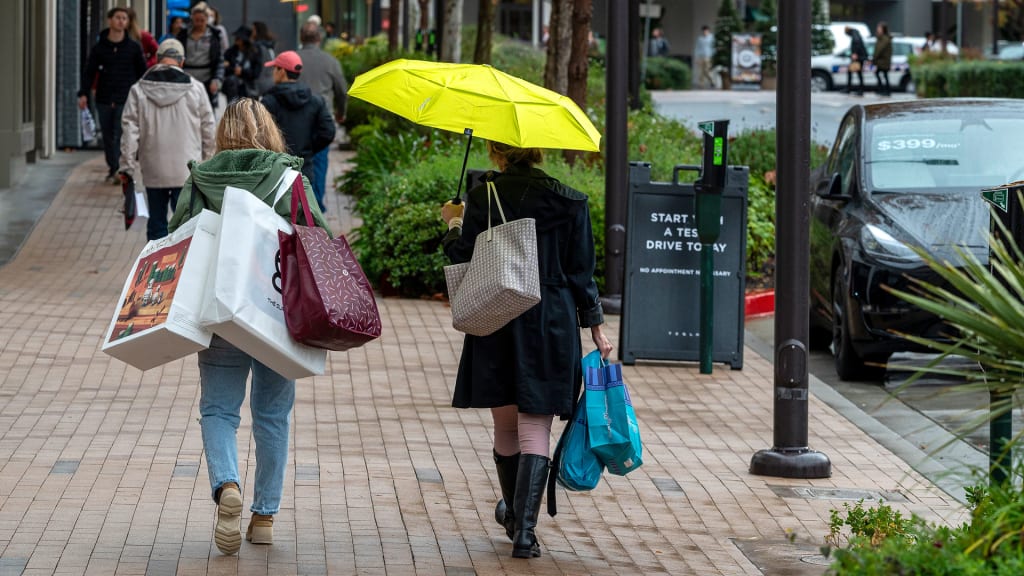More Bad News for the Fed: Its Favorite Inflation Gauge Increased More Than Expected in March

Inflation is showing little signs of cooling. The core personal consumption expenditures price index, the Federal Reserve's favorite inflation gauge, held steady last month, and that's still too hot for comfort.
The core PCE price index, which strips out the more volatile prices of food and energy, rose by 0.3 percent in March, in line with the 0.3 percent measured in February, according to data released by the Bureau of Economic Analysis on Friday. Over the past 12 months, the core PCE index has increased by 2.8 percent, keeping pace with data published in February. Economists had forecasted an annual increase of 2.7 percent.
While inflation has come down from the four-decade highs felt during the summer of 2022, this last mile of price stabilization has become a sticky path. Inflation has stopped falling. Now, it is hovering north of the Federal Reserve's long-term goal of 2 percent, and that's a problem for policymakers, Washington State University assistant economics professor Christopher Clarke said ahead of the report.
"The Fed can't control every cause of inflation," said Clarke. "A big chunk of the inflation is coming from housing, and the Fed can't do anything to build more housing." He added, "That's causing rents to rise and homeownership to become less affordable, and that's going to show up in the inflation numbers."
Federal Reserve chairman Jerome Powell has made his position clear. Policymakers need to see more positive data before feeling confident enough to begin easing borrowing costs. This report is not likely to provide that additional dose of confidence--meaning that business owners need to prepare themselves for the possibility of interest rates staying elevated for longer.
"The Federal Reserve may find it's unable to cut interest rates this year," says Roger Aliaga-Diaz, global head of portfolio construction at Vanguard. "The ultra-low interest rates of the pre-COVID era are history."
Still, the report did include a bright spots for entrepreneurs. Consumers have kept spending in spite of price increases. Accounting for inflation, personal consumption expenditures climbed 0.5 percent in March. That $160.9 billion increase in spending was evenly split across goods and services, with consumers shelling out the most for health care, housing, utilities, and gas.